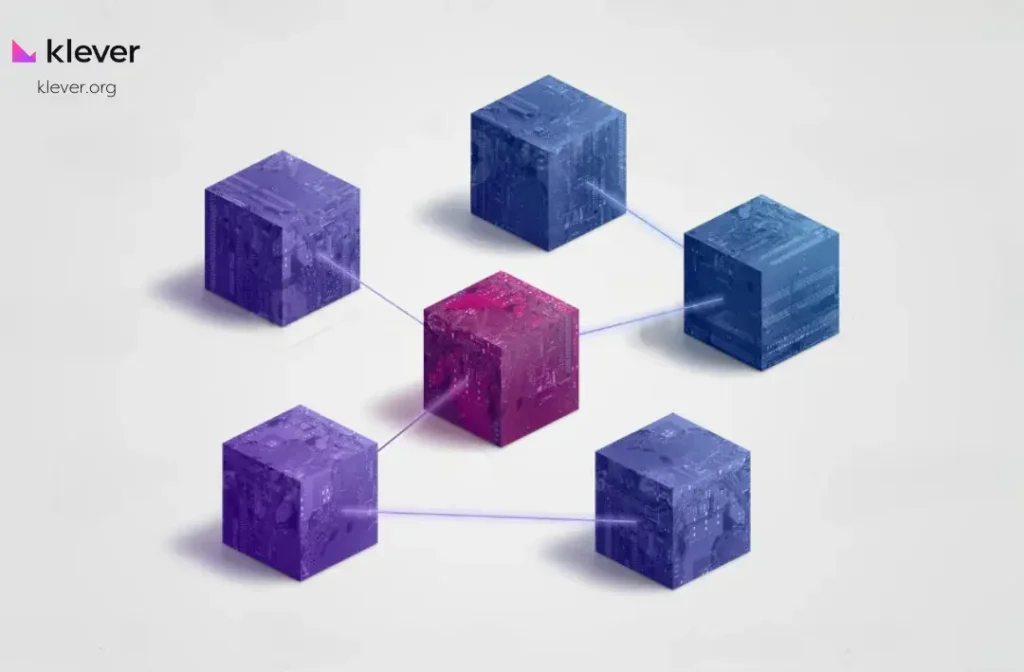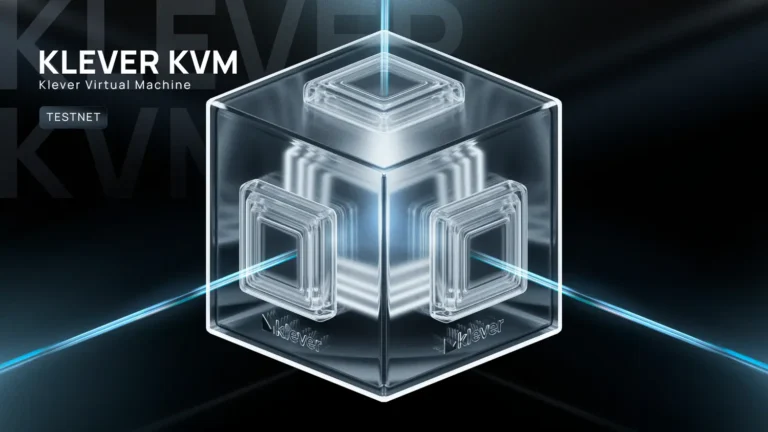
Imagine a world where every transaction is traceable, secure, and tamper-proof. Welcome to the realm of blockchain technology, where transaction hashes play a pivotal role in making this vision a reality. Often referred to as a transaction ID, it is more than just a unique identifier—it’s the digital fingerprint that ensures the integrity and transparency of every transaction on the blockchain.
Join us as we break down the significance of transaction hashes and shed light on what makes them an integral prerequisite that necessitates efficient, secure & transparent operation of blockchain networks. Whether you’re a blockchain enthusiast or a curious newcomer, understanding it is your gateway to comprehending the power and potential of this revolutionary technology.
Table of Contents
What is a Transaction Hash?

A transaction hash/ID is a unique identifier generated for every transaction processed on a blockchain network. Cryptographic hashing algorithms create this identifier by converting the transaction data into a fixed-length string of characters. Basically they acts as a digital fingerprint of the single, unique copy of this action. Each hash is unique and acts as a digital signature that can be traced back to the blockchain, offering users an easy way of verifying transactions within the system. The process ensures that they cannot be altered, providing a reliable way to confirm the integrity of blockchain transactions.
Purpose
The primary purpose of a transaction hash is to provide a unique and secure identifier for each transaction on the blockchain. Additionally, users can use this ID as a way to quickly find and verify particular transactions. By using a it, anyone can access the details of a transaction, including the amount transferred, the sender and receiver addresses, and the time of the transaction. So, this transparency is a crucial feature of blockchain technology, as it enhances trust and accountability within the network.
Significance of Transaction Hashes 
They enhance blockchain security by making tampering detectable, thanks to their cryptographic nature. In addition, they offer transparency by making all transactions trackable and verifiable publicly by the users. They also minimize complications on data management assuring better tracking and bins. Finally, unique hashes prevent duplicate transactions and ensure accurate processing, which is vital for financial accuracy.
Security and Transparency
Transaction hashes are essential to keeping blockchain networks secure and transparent. They primary advantage is offers the immutable trail of transactions. Once the blockchain records a transaction and assigns a hash, no one can alter or delete it. This immutability comes from the cryptographic hashing algorithms which produce a unique fingerprint for every transaction. If any of the it data were to change, it would produce an entirely different hash, making fraud immediately apparent.
Apart from security and transparency, they also help make data retrieval a more efficient process. Given the vast amount of data stored on blockchain networks, having a unique identifier for each transaction simplifies the process of locating and referencing specific transactions. Users can quickly search for a transaction hash to retrieve its details, streamlining the auditing and verification processes.
Overall, they are important to that give proof of the integrity and reliability in blockchain technology. They provide a safe and transparent way to keep track of transactions, critical to the blockchain being trustless and unchangeable register.
Components of a Transaction Hash
The system generates it from various components of the data. These components typically include:
- Sender and Receiver Addresses: The public keys of the sender and receiver involved in the transaction.
- Transaction Amount: The transaction transfers the value of the cryptocurrency.
- Timestamp: The blockchain records the exact time when the transaction was initiated.
- Nonce: A unique number ensures each transaction hash is distinct, even if other components are identical.
These components are combined and processed through a cryptographic hashing algorithm to produce a fixed-length string, which becomes the transaction hash. Consequently, this process confirms that even the simplest modification in a transaction gives you an entirely different hash, and this increases security and integrity across the blockchain network.
Discover Klever Blockchain, a fortress of innovation designed with security at its core. Furthermore, experience the peace of mind that comes with cutting-edge encryption and robust protection.
